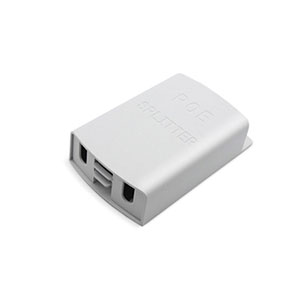PoE Splitter Selection Guide
A Power over Ethernet (PoE) splitter is a device used to transmit both power and data over the same network cable. So, how do you choose a PoE splitter? In this article, ATO industrial automation will introduce the factors you should consider and how to make the selection based on your needs.
Types of PoE Splitters
Firstly, you need to understand the types of PoE splitters, which are divided into two categories:
- Active PoE Splitter: Amplifies and boosts the power signal while transmitting data. Suitable for situations requiring an extended PoE power distance.
- Passive PoE Splitter: Does not amplify or boost the power signal. Suitable for short-distance PoE power.
Determine the Required PoE Power Input
Another factor to consider is the requirements for PoE power input. Depending on the needs of different devices, you need to choose the appropriate PoE power input. Common standards include:
- IEEE 802.3af Standard: Allows a maximum power delivery of 15.4 watts at 48 volts, suitable for most smart devices.
- IEEE 802.3at Standard: Allows a maximum power delivery of 30 watts at 52 volts, suitable for devices requiring more power.
Determine the Required Network Speed
You also need to consider the network speed being used to determine the required PoE splitter. Common options include:
- 10/100 Mbps: Suitable for most networks, used for transmitting audio and video.
- 10/100/1000 Mbps: Suitable for high-speed local area networks, used for transmitting high-definition video and audio.

Select the Appropriate Size Based on Physical Layout
In addition to the above factors, the physical layout is also a consideration when choosing a PoE splitter. Choose different sizes of PoE splitters based on your needs.
Notes
When selecting a PoE splitter, consider the following:
- Ensure compatibility between the PoE splitter and the device.
- Confirm the environment in which the PoE splitter will be placed and choose the appropriate dust and waterproof ratings.
- Confirm the rated and maximum power requirements of the PoE splitter to meet the environmental requirements.
Conclusion
Choosing a PoE splitter requires consideration of various factors, including type, PoE power input, network speed, size, and environmental conditions. Therefore, it's essential to do your homework to ensure you select a PoE splitter that best fits your needs.

